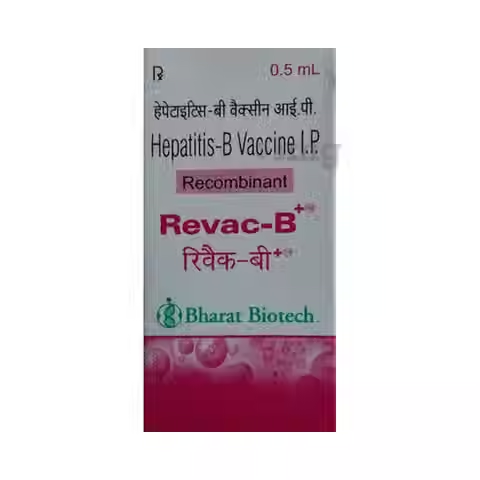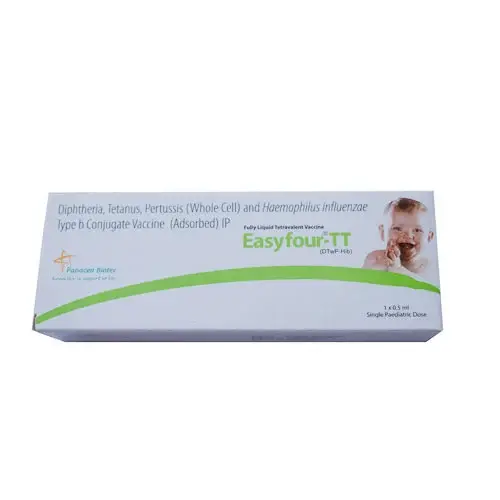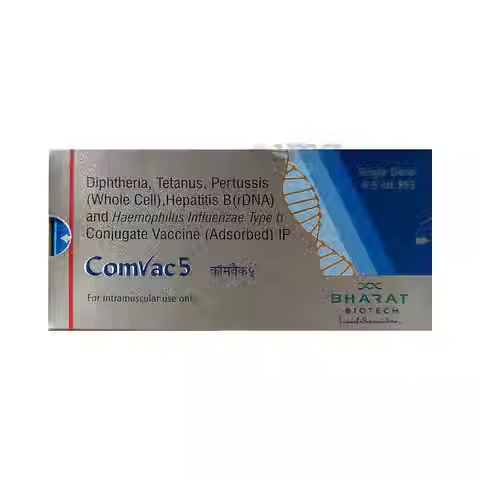Hepatitis B is a viral infection of the liver caused by the Hepatitis B virus (HBV). It can present as a short-term (acute) illness or lifelong (chronic) infection. Chronic HBV increases risk of liver inflammation, fibrosis, cirrhosis, and hepatocellular carcinoma if not adequately managed.
-
Acute Phase (may be asymptomatic):
-
Fatigue, low-grade fever, joint pain
-
Jaundice (yellowing of skin/eyes)
-
Dark urine, pale stools
-
Abdominal discomfort (right upper quadrant)
-
Chronic Phase (often silent):
-
-
Mild liver enzyme elevations on blood tests
-
Occasional fatigue or malaise
-
Signs of advanced disease: ascites, spider angiomas, easy bruising
-
-
-
Bloodborne Transmission: Shared needles, transfusions with unscreened blood
-
Sexual Contact: Unprotected intercourse with an infected partner
-
Perinatal Transmission: From mother to newborn during delivery
-
Occupational Exposure: Healthcare workers via needlestick injuries
-
Household Contact: Sharing razors or toothbrushes in rare cases
-
-
Immunosuppression: Chemotherapy, corticosteroids, biologic therapies
-
Co-Infections: HIV or Hepatitis C can accelerate HBV replication
-
High Alcohol Intake: Exacerbates liver damage and viral activity
-
Poor Glycemic Control: Diabetes may impair immune response to HBV
-
-
Serologic Markers:
-
HBsAg (Hepatitis B surface antigen): Indicates active infection
-
Anti-HBc IgM: Marker of acute or recent infection
-
Anti-HBs: Confirms immunity (past infection or vaccination)
-
-
Viral Load Testing: HBV DNA quantification to assess replication
-
Liver Function Tests (LFTs): ALT/AST levels gauge inflammation
-
Ultrasound & Elastography: Evaluate liver fibrosis and cirrhosis
-
Liver Biopsy (select cases): Histology for staging and treatment decisions
-
-
Nucleos(t)ide Analogues (First-Line):
-
Tenofovir disoproxil fumarate (300 mg once daily)
-
Entecavir (0.5 mg once daily)
― Both offer high barrier to resistance and potent viral suppression.
-
-
Other Oral Agents:
-
Lamivudine, Telbivudine: Lower barrier—reserved when cost is a major constraint.
-
-
Immune Modulator:
-
Pegylated Interferon-α2a (180 μg weekly) for a finite course in select patients; can achieve seroconversion.
-
-
Supportive Liver Care:
-
Ursodeoxycholic Acid, Antioxidants (e.g., silymarin) to support hepatocyte health.
-
-
Monitoring Protocol:
-
Regular HBV DNA and LFTs every 3–6 months
-
Surveillance ultrasound every 6 months in cirrhosis
-
-
Q1: How long will I need antiviral therapy?
A: Most chronic HBV patients require long-term (often indefinite) treatment to maintain viral suppression and prevent relapse.
Q2: Can Hepatitis B be cured?
A: A true “cure” (HBsAg loss) is rare; treatment aims for sustained viral suppression and “functional cure.” Research into novel therapies is ongoing.
Q3: Are there side effects to these antivirals?
A: Tenofovir and entecavir are generally well-tolerated; potential effects include mild GI upset or headache. Renal function and bone density should be monitored with tenofovir.Q4: Can I stop medication once my viral load is undetectable?
A: Stopping therapy risks viral rebound; any discontinuation must be under specialist guidance with close follow-up.
Q5: How can I prevent spreading HBV?
A: Practice safe sex, avoid sharing needles or personal items, ensure household members are vaccinated, and follow infection-control precautions.



















